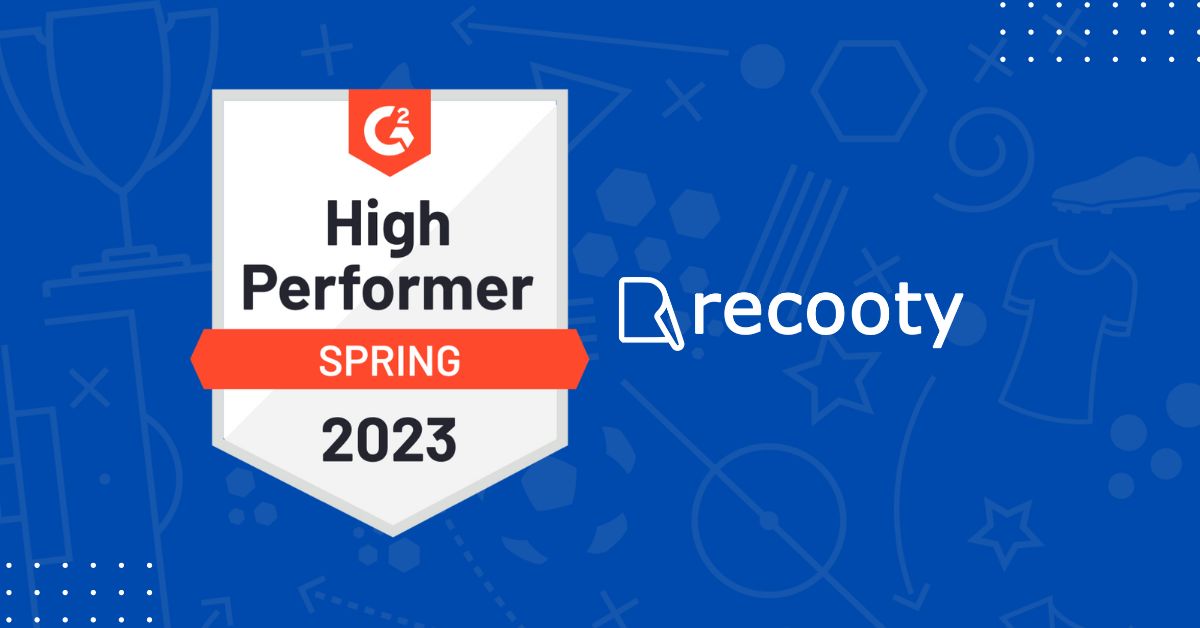What is Resume Parsing? How Does a Resume Parser Works?
Nayonika

In today’s competitive and fast-paced recruitment world, a recruiter’s job is not easy. For almost every job vacancy, a recruiter is inundated with a sea of resumes. It’s easy when the number of resumes received for a job vacancy is in double digits, but when the number is in hundreds or even thousands, it’s impossible to screen them manually. On average, corporate job roles receive around 250 resumes. So, just imagine the number of hours it would take to read through every resume and check if the candidate would be a good fit. This is where resume parsing technology comes in and makes the lives of recruiters easier. In this post, we will dig deep into the resume parser concept, how it works, why you need it, and how to select the best resume parser for your hiring needs.
Resume parsing is a technology-driven process that automatically stores, organizes, and analyzes resumes to extract, sort, and categorize information about candidates, such as their background, skills, education, contact information, etc., in a digital format. Resume parsing automates the initial screening process and data entry tasks associated with reviewing a large number of resumes. This makes evaluating a candidate and identifying qualified candidates much easier for recruiters.
A resume parser usually comes as a feature with an applicant tracking system (ATS) among other solutions offered. Using a resume parser, recruiters and hiring managers can simply search for keywords using the built-in search functions provided by a lot of ATS and filter the ones that match the requirements. This is beneficial for both the candidates and the employer as it speeds up the hiring process, saving a lot of time, and also helps in improving the candidate experience. Now that we know what is resume parsing, let’s try to understand how a resume parser works.
A resume parser converts the unstructured data from the bulk of resumes received into a structured, organized form. The process of resume parsing begins with uploading all the applications received for an open to the ATS. Once the applications are uploaded, resume parsing technology uses Natural Language Processing (NLP) and machine learning algorithms to extract crucial information like specific job skills, work experience, background, education, and so forth.
Furthermore, a resume parser segments the extracted data into various categories and then maps them with the predefined categories in the ATS. This way, a resume parser can screen all the resumes with relevant information and eliminate the ones that don’t meet the job requirements. Now that we have a basic understanding of how a resume parser works, let’s take a look at the top benefits of a resume parser.
For most organizations, the main objective of using a resume parser is to streamline and optimize their hiring process. Here are some of the key benefits of using a resume parser.
Resume parsing can dramatically reduce the time and cost of hiring for hiring teams across all domains. Screening a pile of resumes has always been a tedious and time-consuming task for recruiters and hiring managers. With multiple hiring processes on the go, spending hours manually screening resumes can prove to be a huge liability. A resume parser can cut the resume reviewing time in half by automatically extracting relevant details from the resumes.
Resume parser combs through and extracts all the relevant information from resumes and categorizes them based on criteria like skills, qualifications, experience, etc, organizing the candidates’ data in the ATS or hiring database. Recruiters and hiring managers can search for candidates based on specific qualifications or keywords from this large volume of resumes. This allows recruiters to focus on evaluating qualified candidates rather than sifting through piles of resumes. So, a resume parser improves the efficiency of the hiring process by categorizing candidate data more effectively and minimizing any room for human errors.
As a business grows, its hiring needs grow exponentially as well. So, as a company scales, so do the vacancies and the number of applications received for these vacancies also increases manifold. With multiple open roles, ensuring a smooth hiring process can be a nightmare. A resume parser can effectively handle this increased load with an increased level of accuracy and speed, thus ensuring scalability. It can maintain a consistent approach to evaluating resumes, even with the number of resumes increasing.
The workforce is usually globalized in most businesses today, in all domains. So, it’s natural for recruiters to receive resumes in various languages for open job roles. A resume parser with multilingual support can effectively extract and process information from resumes written in different languages. This can effectively help break down the language barriers and get recruiters access to some of the best talent across the globe.
A complicated application process can be tedious for candidates. So, to improve the candidate experience, your application process needs to be smooth and hassle-free. A resume parser can dramatically improve the candidate experience for the application process for your open job roles. When a candidate uploads their resume, a resume parser can automatically populate the same information in the rest of the application form, saving candidates a lot of time and effort.
In today’s digital world, the top talent is always looking to work for organizations who keep themselves technologically updated. So, using a resume parser can have a positive impact on the employer brand of an organization. Using a resume parser can help make your recruiting process bias-free, simple, smooth, and hassle-free, which is exactly what talented individuals look for in an employer. This promotes trust among candidates which goes a long way in building a strong employer brand.
There are tonnes of applicant tracking software equipped with a resume parser available in the market. So, choosing the best one that fits all your hiring needs while not being a burden on your pocket can be a difficult task. We’ve outlined some of the top considerations while choosing a resume parser that makes your decision easy.
One of the most important factors to consider while choosing a resume parser is to ensure that the extraction capabilities of the resume parser meet your hiring requirements. It should be capable of handling large volumes of resume data effectively and also have a good parsing speed to ensure accuracy and speed.
The resume parser you choose should be easy to use. It should be able to integrate seamlessly with all the tools and internal processes already in use within your hiring process. This helps in ensuring that all the data is transferred smoothly among different tools, making it easier for the recruiters to screen candidates. Also, a resume parser should be able to support multiple resume formats, including Word, PDF, text files, and even social media profiles.
Since every company has different hiring requirements, the best resume parser should have features that allow you to customize the resume parsing process to meet your needs. Creating custom fields, and rules for classifying applicants are all included in this. You will find more appropriate applicant matches with a parser that can be adjusted to fit the positions you are hiring for.
When choosing a resume parser, adherence to regulatory requirements and data privacy laws is crucial, particularly if you are working with sensitive applicant data. Verify that the parser complies with applicable data protection laws, such as the California Consumer Privacy Act (CCPA) in the United States or the General Data Protection Regulation (GDPR) in Europe. By doing this, your business will be shielded from legal dangers associated with data breaches and improper management of personal data.
A resume parser is an essential tool in modern recruitment, offering organizations a more efficient, scalable, and accurate way to process large volumes of job applications. By automating the extraction and analysis of candidate information, resume parsers help recruiters save time, reduce hiring costs, and improve the overall quality of their hiring decisions. They also enhance the candidate experience and contribute to a company’s employer branding by making the application process smoother and faster. Resume parsing technology offers numerous benefits for organizations of all sizes. By automating the initial stages of the recruitment process, improving efficiency, and enhancing the candidate experience, resume parsing can help organizations attract and hire top talent more effectively.
A resume parser is a software tool that automatically extracts relevant information such as skills, work experience, education, and contact details from resumes, making it easier for recruiters to screen candidates efficiently.
Resume parsing uses natural language processing (NLP) and machine learning to analyze and structure data from resumes, identifying key details based on predefined categories like qualifications, job titles, and experience.
Companies use resume parsers to save time, reduce hiring costs, and streamline the recruitment process by automating resume screening, allowing them to focus on the most qualified candidates faster.
Most resume parsers can handle a variety of formats, including PDF, Word, and text files, and some can even process data from online profiles like LinkedIn.
Accuracy varies depending on the parser, but advanced ones use AI and machine learning to improve accuracy over time, ensuring more reliable extraction of candidate information.


